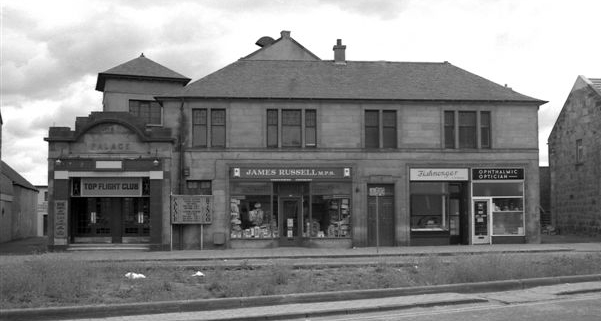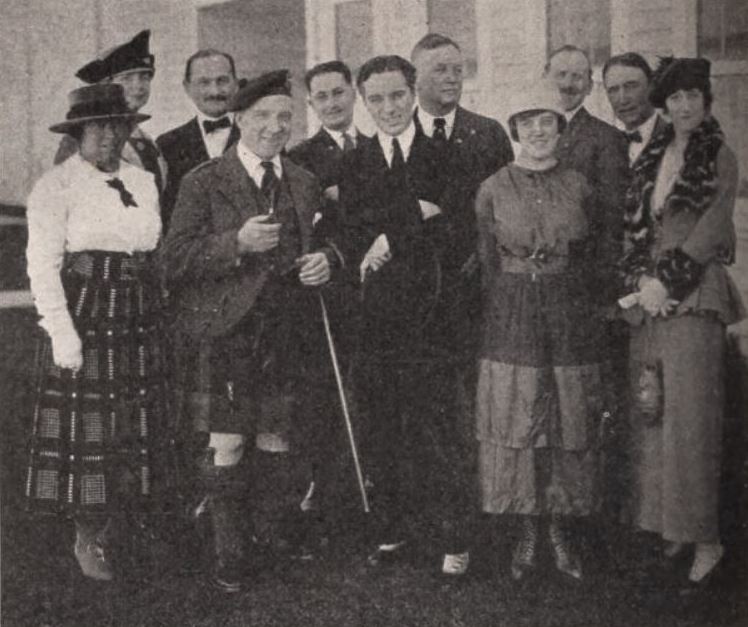Iain Murray recalls growing up near McCowan’s toffee factory in Stenhousemuir. He takes us back to the Dobbie Hall opening celebrations and the eminent guests who visited it.
Plans for Dobbie Hall, Larbert
A few gentlemen held a meeting in 1899 at Beechmount House, the home of Major Dobbie in Larbert. Dobbie explained that he planned to build a public hall with a capacity of 1000-1200 on a site that he had purchased and present it to the district. Two of his colleagues on the County Council associated themselves with the project. The estimated cost was around £7000 (Falkirk Herald 11 February 1899). On 7 August 1901, a substantial article in the Falkirk Herald described the Duchess of Montrose officially opening Dobbie Hall and Major Dobbie handing over the building to the community. The streets of Larbert and Stenhousemuir were bedecked from east to west with bunting and shop and house fronts were festooned with muslin. Overhead, streamers were stretched across the roads and flags were hung from dwellings and businesses. All the factories in the district, including Carron Company were closed for the day, and most businesses closed at noon.
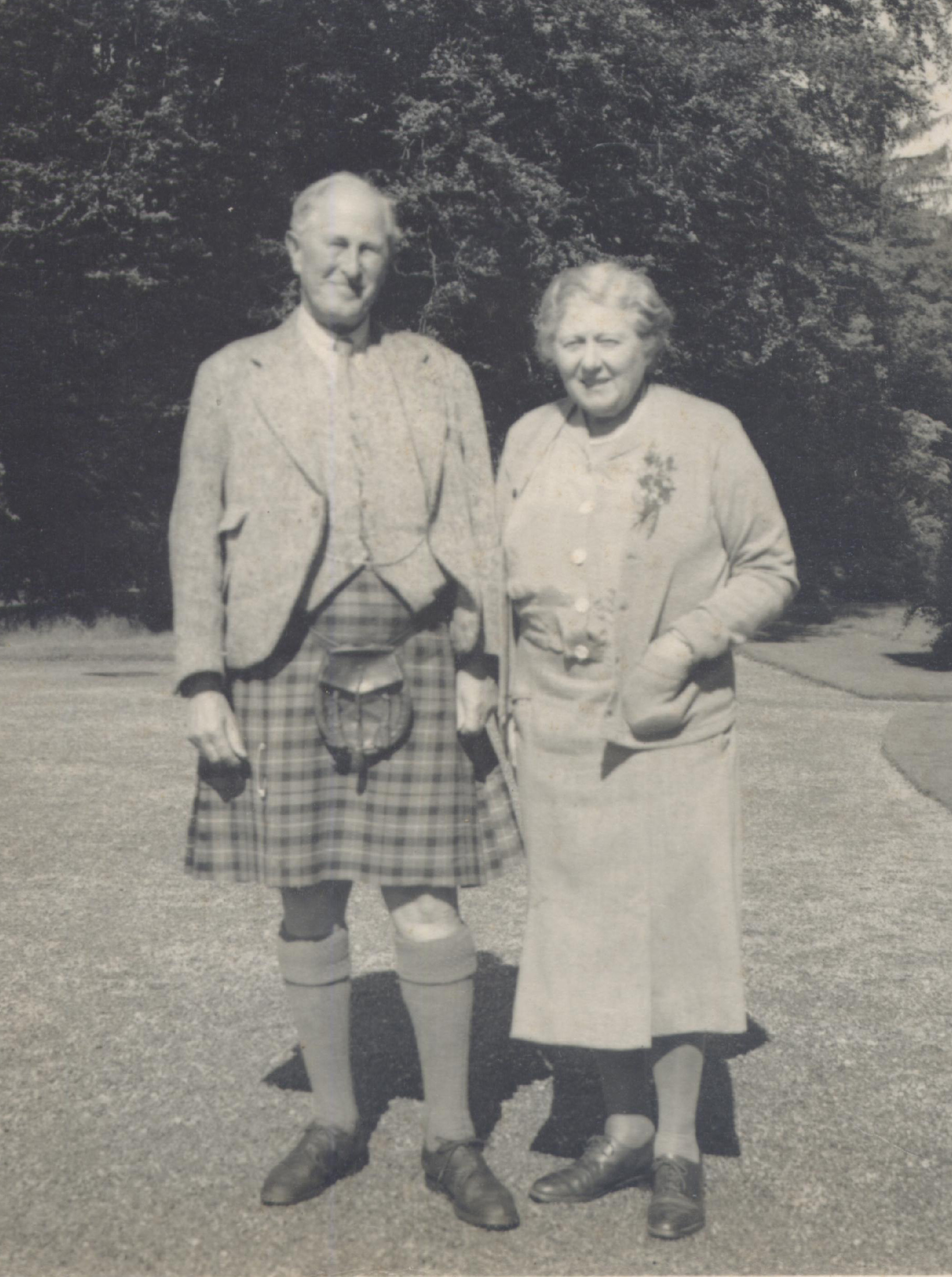

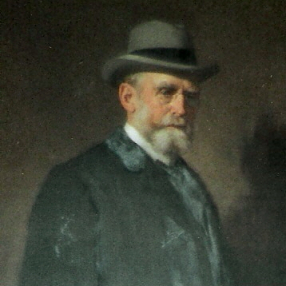

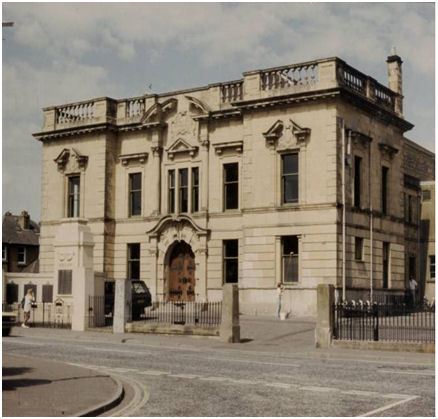

The Dobbie Hall Opening Celebrations
At the commencement of the proceedings the regimental band of the 4th Argyll and Sutherland Highlanders positioned themselves at the front of the hall. The concert party arrived from Larbert House at 3pm and the Duchess unclasped a jewelled bracelet to open the main door. My Mother worked at Larbert House many years later, when it became a ward within the Royal Scottish National Institution. We lived in Burnhead Road at the time, which had the Dobbie Hall at its junction with Main Street.
Thereafter speeches were made praising Major Dobbie’s generosity and the foresight of those who had built the Drill Hall some 34 years previously. Major Dobbie had attempted to purchase that building but had been unsuccessful – to the later benefit of the McCowan family. At the end of the event Major Dobbie presented the title deeds of the Dobbie Hall to Mr Graham who was the Chairman of the Parish Council of Larbert, conveying ownership of the building to the inhabitants of the parish and the Duchess received the bracelet used in the ceremony as a gift. A description of the building’s construction included in the Herald’s report detailed the input of local artisans and tradesmen to the building effort. An announcement was made that the Hall’s inaugural event would be a benefit concert for wounded soldiers from the Boer War.
Entertainment & Eminent Visitors
The Dobbie Hall was to be the scene of appearances from many famous people and those who would find fame later in life and would likely be one of the sources of entertainment for employees of the McCowan’s factory throughout its existence. I remember well as a child I saw the Brooke-Bond Chimps show there – as described in the Northern Echo – and won a promotional wooden jigsaw.
Harry Lauder returned in 1901 (Falkirk Herald 2 November) when he performed with his regular violinist McKenzie Murdoch at the Dobbie Hall. The leader of the Salvation Army, Major William Booth, also visited Dobbie Hall, and gave a talk on the Spiritual Social Operations of the Salvation Army (Falkirk Herald 7 October 1905). When Booth died in 1912, 100,000 people passed by his coffin and 40,000 attended his funeral.
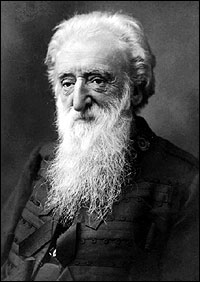

The Prime Minister
In January 1906, Henry Campbell Bannerman, the Prime Minister and leader of the Liberal Party until his death at Downing Street in 1908, visited Larbert and Stenhousemuir (Falkirk Herald 27 January 1906). He was the first person to be given the official use of the title of Prime Minister. He had first entered Parliament in 1868 as the MP for Stirling and was made Secretary of State for War – coincidentally by William Gladstone; the road named after him in Stenhousemuir was where McCowan’s factory and house stood. The rush for tickets to see him speak resulted in an overflow meeting being held at the Drill Hall in addition to the event in the Dobbie Hall. Mr Fitzpatrick’s Orchestra played “The Campbells Are Coming” and "He's a Jolly Good Fellow" as the Prime Minister entered, and introduced the Liberal candidate for the forthcoming general election, one Donald M. Smeaton who duly won his seat in a Liberal landslide over the Conservative Party. After his appearance in the Drill Hall he headed to Larbert Station to catch the 22:40 train for Belmont Castle, his home in Perthshire. Given that Bannerman started his Dobbie Hall appearance at 8pm, he certainly made the most of his short visit. Bannerman’s castle, according to legend, was where Macbeth made his last stand. After his death, the house was purchased by James Caird – the jute merchant who left a legacy to Dundee including Belmont Castle and the Caird Hall.
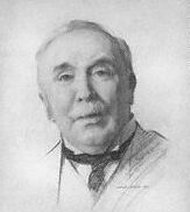

Read on at Memories of Stenhousemuir Part 3: The Cinema & The War…
By Iain Murray, Great Place volunteer.
